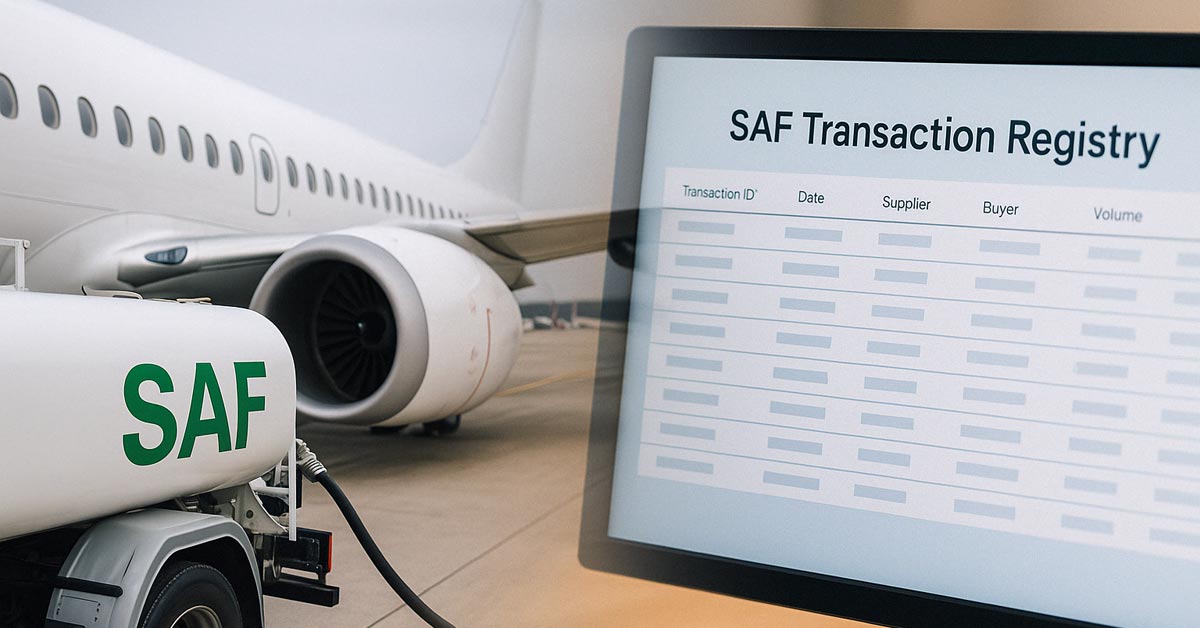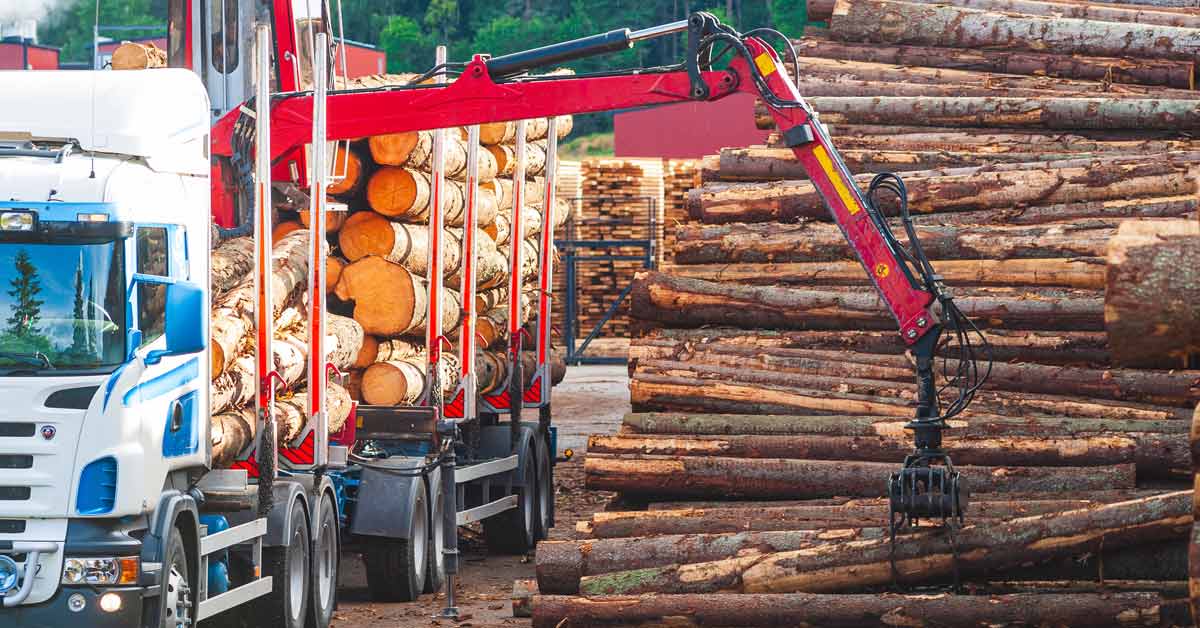3 min read
IATA Launches Global SAF Registry, But Can We Reach Its Targets?
ResourceWise
:
Apr 21, 2025 1:19:32 PM

The International Air Transport Association (IATA) just took a major step toward making sustainable aviation fuel (SAF) more transparent, traceable, and globally scalable.
In a move designed to accelerate the aviation industry’s decarbonization goals, the IATA has launched a new Sustainable Aviation Fuel (SAF) registry. The registry will serve as a tool aimed at standardizing and logging SAF transactions across the globe.
While this launch is a critical step forward, the IATA is also not holding back in calling out several SAF stakeholders for dragging their heels in meeting the industry’s truly lofty goals.
What is the IATA SAF Registry?
The registry, managed by the Civil Aviation Decarbonization (CADO) body, is designed to:
- Track and verify SAF transactions across the entire value chain
- Allow airline companies to utilize emissions reduction accounting under both regulatory obligations and voluntary frameworks
- Promote global market access—regardless of where airlines or suppliers are located
With full support for regulatory programs like CORSIA and the EU ETS, the registry offers a tech- and feedstock-neutral platform that supports interoperability with other registries. It’s built to avoid double-counting, giving all stakeholders—airlines, fuel suppliers, regulators, and customers—clear, trustworthy accounting for SAF use.
Participants can monitor reductions of both Scope 1 and Scope 3 emissions using the platform. It also includes customizable inventory tools for both fuel and carbon accounting.
The service will remain free to use until April 2027 to help encourage adoption and regular usage. After this date, it will shift to a cost-recovery model.
Over 30 companies have already signed on for early access, including American Airlines, Airbus, Boeing, EcoCeres, OMV, LanzaJet, and SkyNRG.
Why Does the IATA SAF Registry Matter?
According to the IATA, 65% of aviation’s 2050 net-zero emissions goal will need to come from SAF. That’s a monumental number—meaning SAF production and use must skyrocket in the coming years.
Aviation Industry's Net-Zero Emissions by 2050 Sources
 (Source: IATA)
(Source: IATA)
To meet that number and realistically reach targets, SAF scaling will need to rapidly advance in the short-term. It will likely need to keep a breakneck pace several years down the road as well to have a shot at hitting these ambitious levels.
Infographic: Sustainable Aviation Fuel:
Pathways to Meet Growing Demand
The Time to Adopt SAF Production and Use is Right Now
While celebrating the registry’s launch, the IATA also issued a sharp rebuke to other key players in the SAF ecosystem. At this year’s World Cargo Symposium in Dubai, IATA leadership openly criticized:
- Fuel producers for stalling or sidelining SAF investment plans
- Aircraft manufacturers for backing off mid-term delivery of low-emission tech like hydrogen planes
- Governments for continuing to subsidize fossil fuels while claiming to support sustainable aviation
This wasn’t polite industry finger-wagging. It was a direct call for accountability on gaining some forward momentum toward progress.
Of course, these adjustments in SAF commitment and climate policy have not come out of nowhere. Immense speculation on the biofuels market, particularly thanks to Trump’s return to the White House in the US, has led to ambiguity and hesitation.
While organizations like the IATA promote global shifts for SAF, a strong (and quite important) question remains: Who bears the financial risk?
SAF is still more expensive than fossil-based jet fuel, and someone has to foot the bill. And the market volatility makes direct investment extremely high-risk at the moment.
To address these concerns, the IATA argues:
- Airlines, as end users, are the only ones positioned to pass those costs to customers.
- Hesitation from airlines to commit to long-term SAF purchase agreements is making investors even more aversive.
- Without purchase guarantees, fuel producers won’t scale up SAF production.
What this amounts to is a waiting game among shareholders. And that could create a serious hiccup in adoption, which would ripple into a completely unachievable pathway to meet the IATA’s proposed SAF production levels by the 2050 net-zero target date.
A New Playbook for Policy?
The IATA is calling on governments to step up—not with slogans or rhetoric, but with real plans. The organization recommends subsidy-style plans like contracts for difference (CFDs), where governments absorb the price risk between SAF and conventional fuels.
Although plans like this go against the “polluter pays” principle, the IATA argues it’s necessary to get the ball rolling.
The UK is already moving in this direction, with an SAF revenue guarantee system expected to launch in 2026.
What’s Next for SAF Progress?
The SAF registry is a meaningful stride toward decarbonizing air travel. But achieving the bold net-zero targets will require more than an accounting tool. It will demand global alignment across all corners of the aviation ecosystem to look at the bigger picture of SAF targets in relation to net-zero emissions.
Until then, the IATA’s message is clear: no more excuses and no more delays. Either we scale SAF now—or we miss the flight to net zero.






